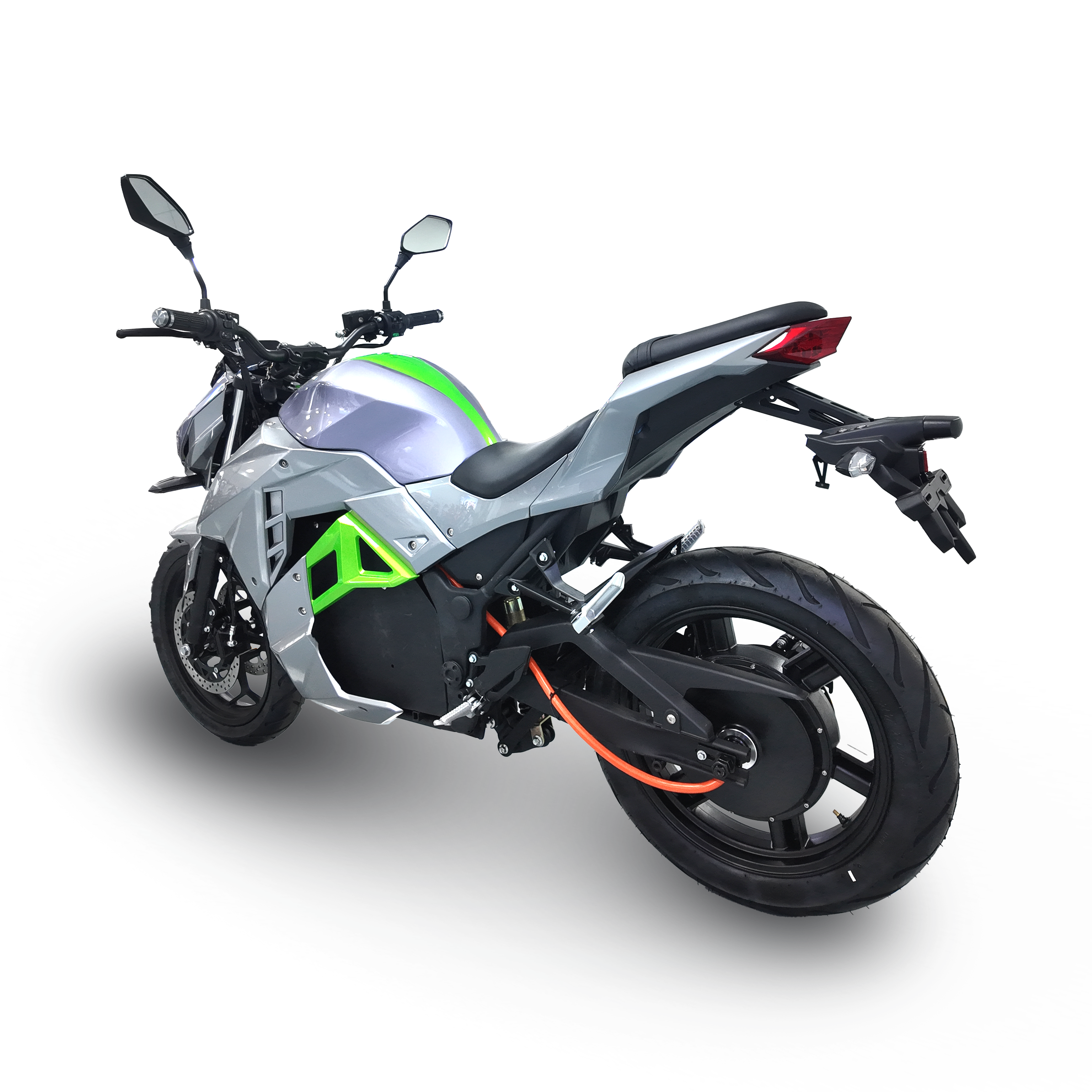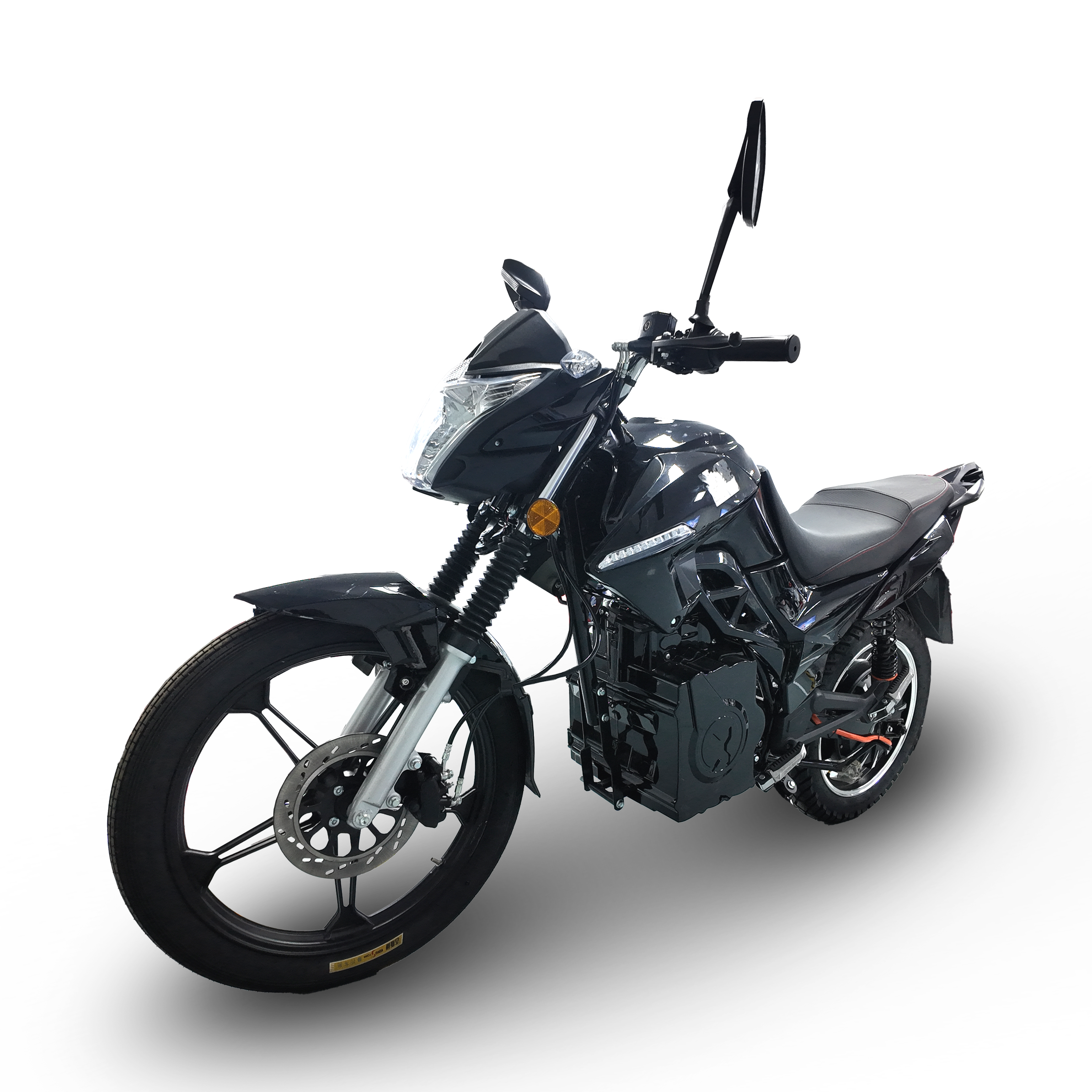The Rise of Sustainable Transportation: Electric Motorcycles Leading the Way
The transportation landscape is undergoing a remarkable transformation as electric motorcycles emerge as a powerful solution for both environmental conservation and financial savings. These innovative vehicles represent the perfect fusion of cutting-edge technology, eco-conscious design, and practical economics. As cities worldwide grapple with pollution and consumers seek cost-effective transportation options, electric motorcycles are proving to be an increasingly attractive alternative to traditional gasoline-powered bikes.
The impact of electric motorcycles extends far beyond their sleek appearance and quiet operation. They're revolutionizing how we think about personal transportation, offering tangible benefits for both individual riders and the planet. From reduced maintenance costs to zero direct emissions, these vehicles are paving the way for a more sustainable and economical future in transportation.
Financial Benefits of Electric Motorcycles
Lower Operating Costs
One of the most compelling advantages of electric motorcycles is their significantly lower operating costs compared to traditional motorcycles. The cost of electricity to charge an electric motorcycle is substantially less than filling up a gas tank. On average, charging an electric motorcycle costs about $1-2 for a full charge, which can provide anywhere from 70 to 150 miles of range, depending on the model and riding conditions.
The savings become even more apparent when considering daily commuting. A typical commuter might spend $30-50 per week on gasoline for a conventional motorcycle, while an electric motorcycle owner might spend just $5-10 on electricity for the same distance. Over a year, these savings can amount to thousands of dollars in fuel costs alone.
Reduced Maintenance Expenses
Electric motorcycles feature fewer moving parts than their gasoline counterparts, which translates to reduced maintenance requirements and costs. There's no need for oil changes, spark plug replacements, or complex engine maintenance. The primary maintenance focuses on tires, brakes, and basic system checks, significantly reducing both service frequency and costs.
Additionally, the regenerative braking systems found in many electric motorcycles help extend the life of brake components, further reducing maintenance expenses. The simplicity of the electric drivetrain means fewer potential points of failure and lower long-term ownership costs.

Environmental Impact and Sustainability
Zero Direct Emissions
Electric motorcycles produce zero direct emissions during operation, making them an environmentally superior choice compared to gas-powered vehicles. This characteristic is particularly important in urban areas where air quality is a growing concern. By eliminating exhaust emissions, electric motorcycles help reduce local air pollution and contribute to improved public health outcomes.
The environmental benefits extend beyond just air quality. Electric motorcycles also significantly reduce noise pollution, creating quieter and more livable urban environments. This reduction in both air and noise pollution makes them particularly valuable for densely populated areas working to meet environmental regulations and improve quality of life.
Sustainable Energy Integration
The environmental benefits of electric motorcycles become even more pronounced when powered by renewable energy sources. Riders can charge their vehicles using solar, wind, or other clean energy sources, creating a truly sustainable transportation solution. Many owners install home charging systems connected to solar panels, effectively eliminating both emissions and fuel costs.
As power grids worldwide transition to renewable energy sources, the environmental impact of electric motorcycles continues to improve. This creates a positive feedback loop where increased adoption of electric vehicles encourages further investment in renewable energy infrastructure.
Long-term Economic Advantages
Investment Value
While the initial purchase price of electric motorcycles may be higher than conventional models, their long-term economic benefits often outweigh the upfront cost. The combination of lower operating costs, reduced maintenance expenses, and potential government incentives creates a compelling financial case for electric motorcycle ownership.
Many regions offer tax incentives, rebates, or grants for electric vehicle purchases, including motorcycles. These incentives can significantly reduce the initial investment and accelerate the return on investment timeline. Additionally, some insurance companies offer lower rates for electric motorcycles due to their safety features and lower risk profiles.
Future Cost Benefits
As technology advances and production scales up, the cost of electric motorcycles is expected to decrease while their performance continues to improve. Battery technology developments are leading to longer ranges and faster charging times, making electric motorcycles increasingly practical for a wider range of uses.
The growing infrastructure for electric vehicle charging also adds value to electric motorcycle ownership. Many businesses and municipalities are installing charging stations, making it more convenient to use electric motorcycles for longer trips and daily commuting.
Frequently Asked Questions
How long does it take to charge an electric motorcycle?
Charging times vary depending on the battery size and charging method. Using a standard household outlet, most electric motorcycles can fully charge overnight (6-8 hours). With fast-charging options, some models can reach 80% capacity in as little as 30 minutes.
What is the typical range of an electric motorcycle?
The range varies by model, but most modern electric motorcycles can travel between 70-150 miles on a single charge under normal riding conditions. Some premium models can achieve over 200 miles per charge. Range is affected by factors such as riding style, terrain, and weather conditions.
How does the lifespan of an electric motorcycle compare to a traditional one?
Electric motorcycles often have longer operational lifespans due to their simpler mechanical design and fewer moving parts. While the battery may need replacement after 5-8 years, the electric motor and other components can last significantly longer than traditional internal combustion engines, often exceeding 100,000 miles with proper maintenance.

